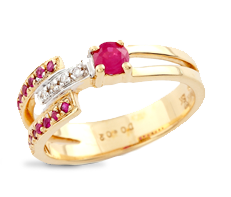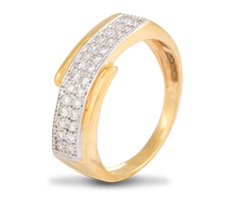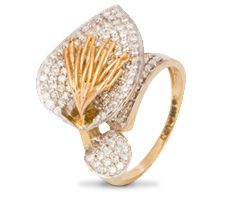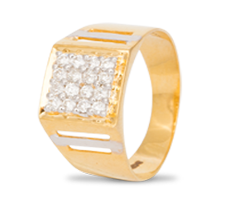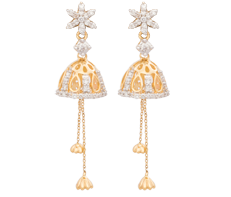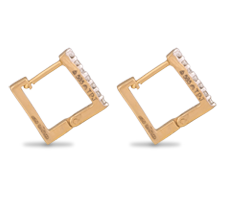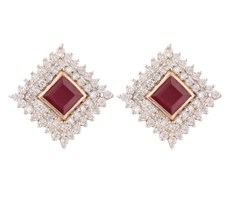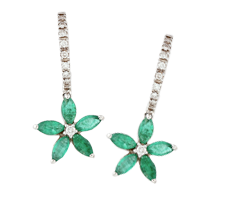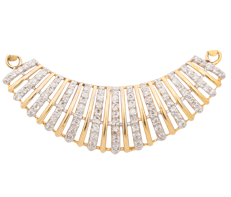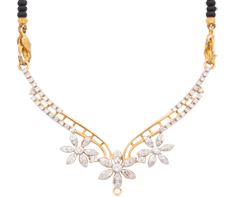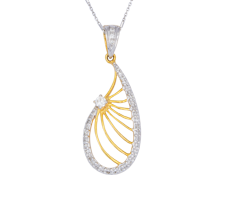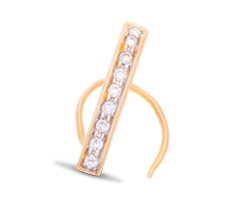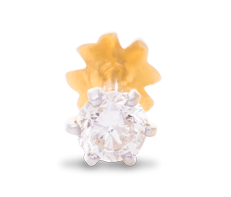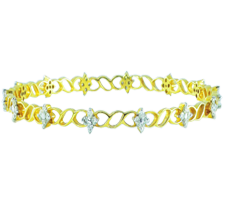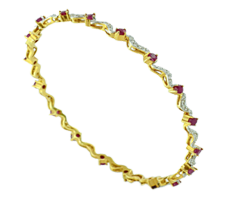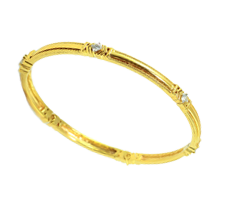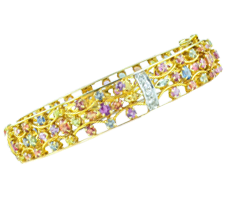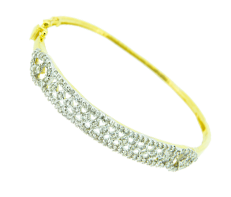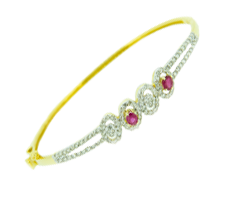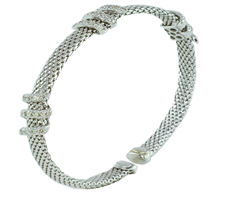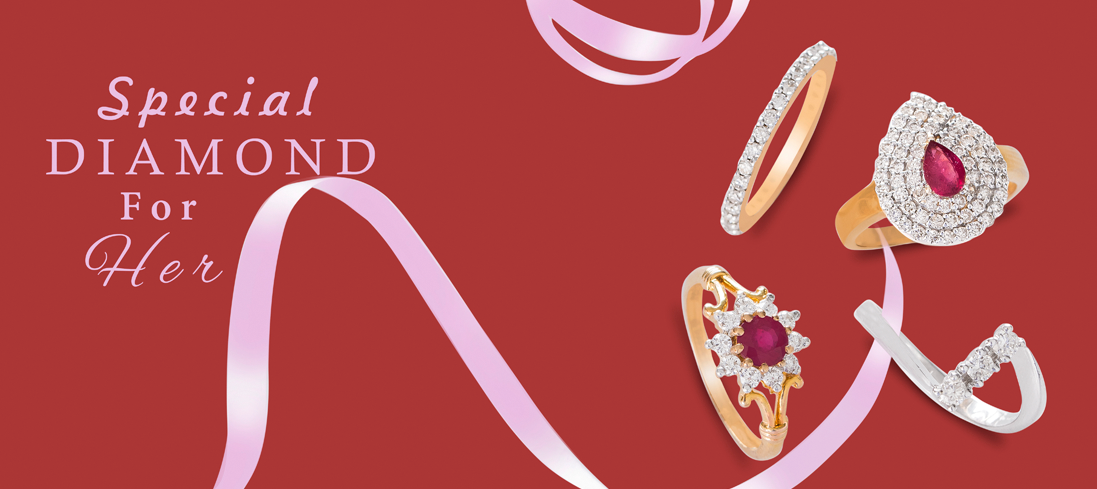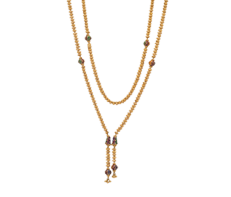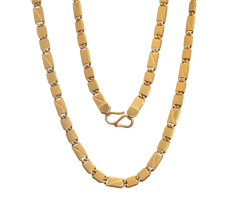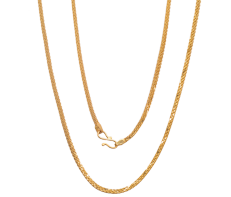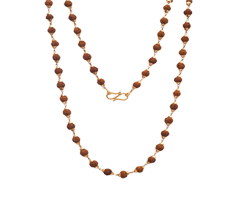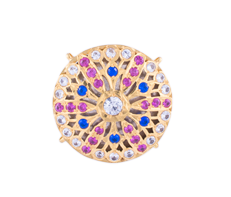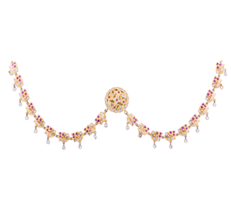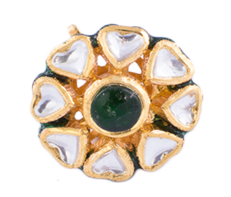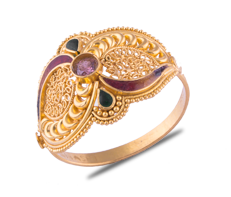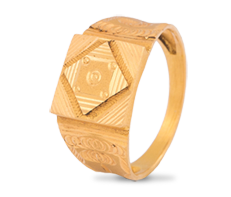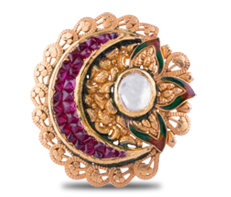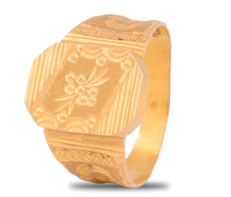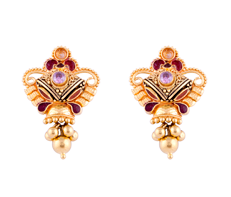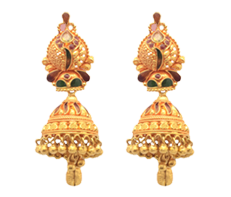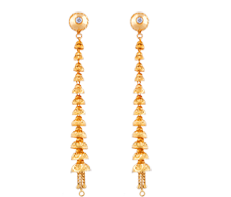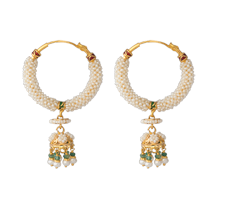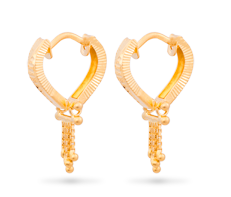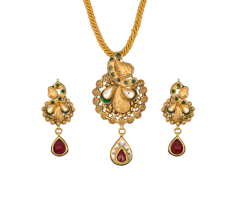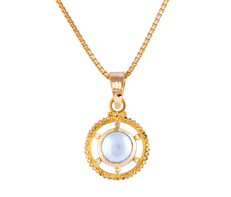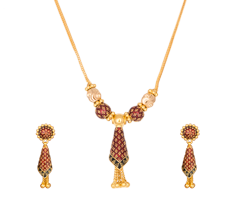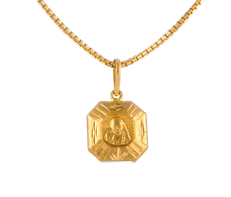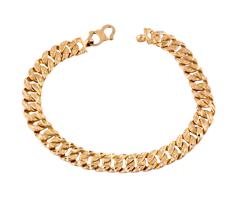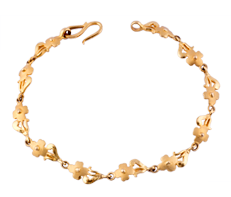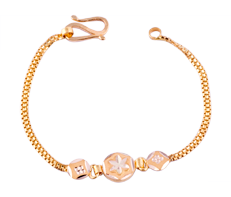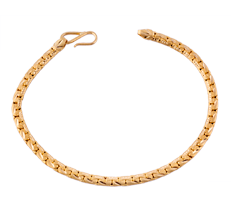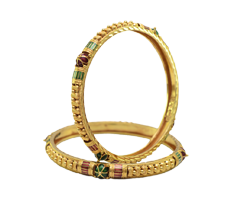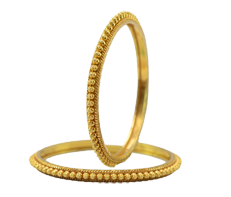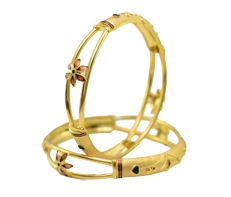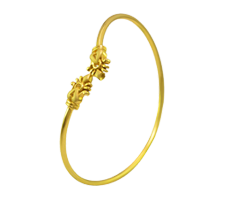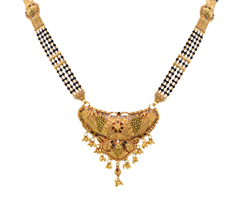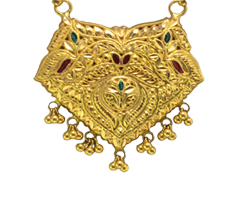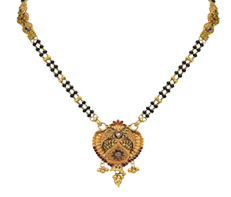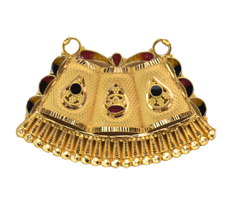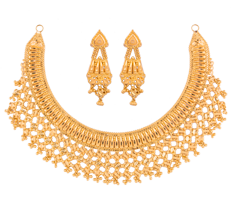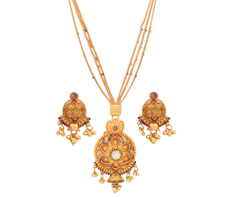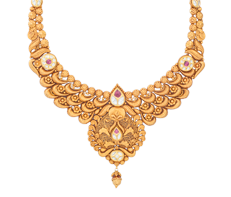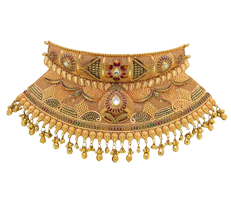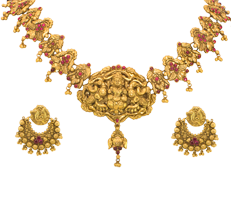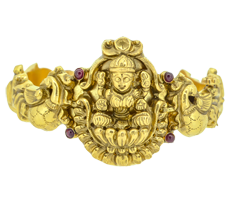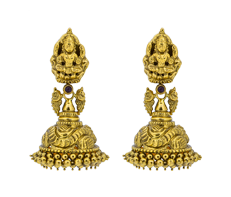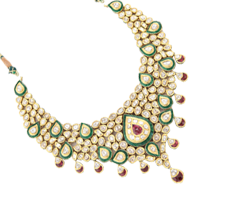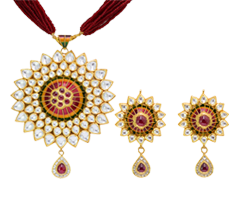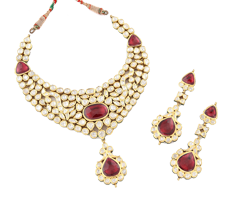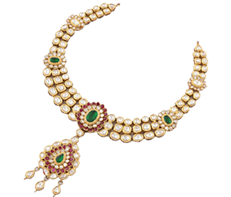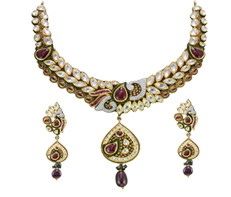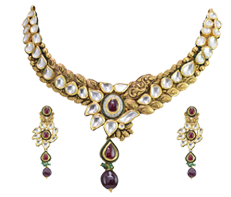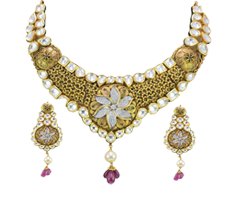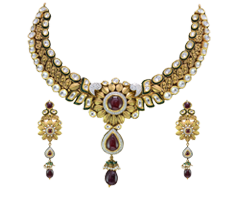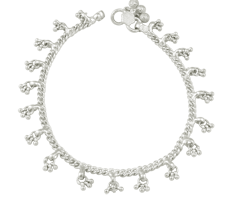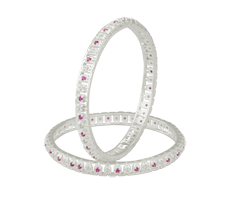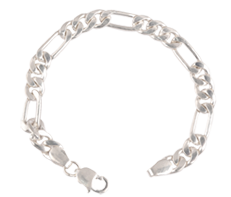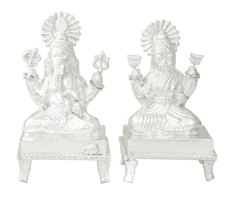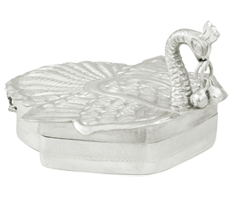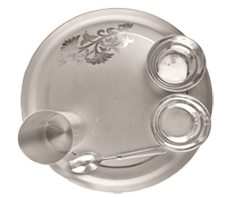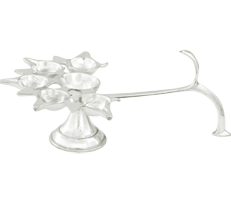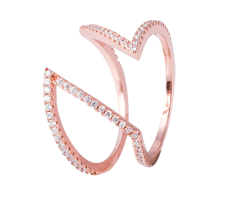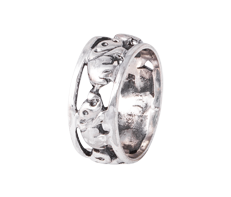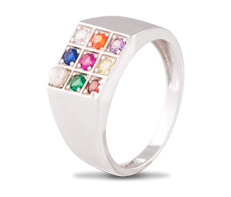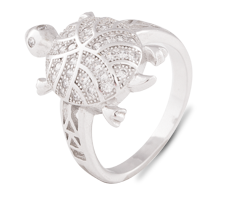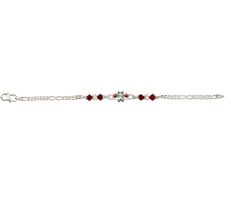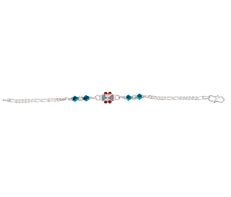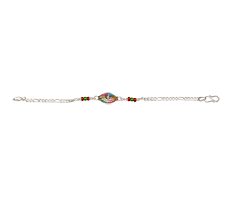The History of Silver
Silver jewellery got popular during 4000BC; it was first used in the form of coin for monetary transactions during the pre historic times. After that, it was used in weapons, arrows, vessels and jewellery. An amalgam of silver was used for manufacturing white gold.
It was found on Greek islands in the form of headbands, utensil, pins and jewellery. Three marvellously crafted statues of silver were explored at the tomb in Kumasa. It has been used in many countries from primitive ages. A silver bowl belonging to the fifth century BC is in the Metropolitan Museum of Art in the New York decorated by rows of fine flowers. Silver articles were prevalent in the Roman Empire and the craftsmen worked with the pattern from Hellenistic age on silver.
The initial Christian designs resemble the pagan art form and basically involved different embossing and chasing techniques. It was used in candlesticks, bowls, dishes, centres, etc. Many Christianity symbols and royal stamps were engraved to the silver articles.
In the 8th century, the use of the popular figure in society and chip-carving was started. During 12th& 13th century, silver became an important part of the churches. Even the designs that encompassed animal and birds got well-liked in the silver articles and jewellery designs.
Chemical Composition
According to the chemical composition of the metal, silver lies between gold and copper, therefore, it is an intermediate between them. It is resistant to atmospheric oxidation process and known for a bright white appearance like platinum in the brightest forms. It has high thermal and electrical conduction. Its ability to be drawn into the thinnest sheet and still not break is the basic reason why it is a good metal for jewellery production. The artisans can create the item with most excellent finishing (detailed designing) because of its strength and robust nature.
For the purpose of jewellery making in pure silver, small parts of other metals are blended to give extra grip to the metal. A thin coating of rhodium metal is added to give silver some extra shine. In silver jewellery with purity of 92.5 % and above zero percentage of other metals is used.
The main difficulty during the processing of silver metal is in mixing it with other metals especially copper. To provide rigidness to hold the gems in its position for long-term, 7.5 % of copper is used with 92.5 % silver. The boiling part of both metals has a huge difference which can lead to noticeable red stains. One more common problem is porosity, i.e. bubble of gases on its surface when it cools down.
In its purest form, silver has the least reaction with the surrounding elements, which is the reason behind why pure sterling silver and other higher purity ratio silver do not get tarnished.


